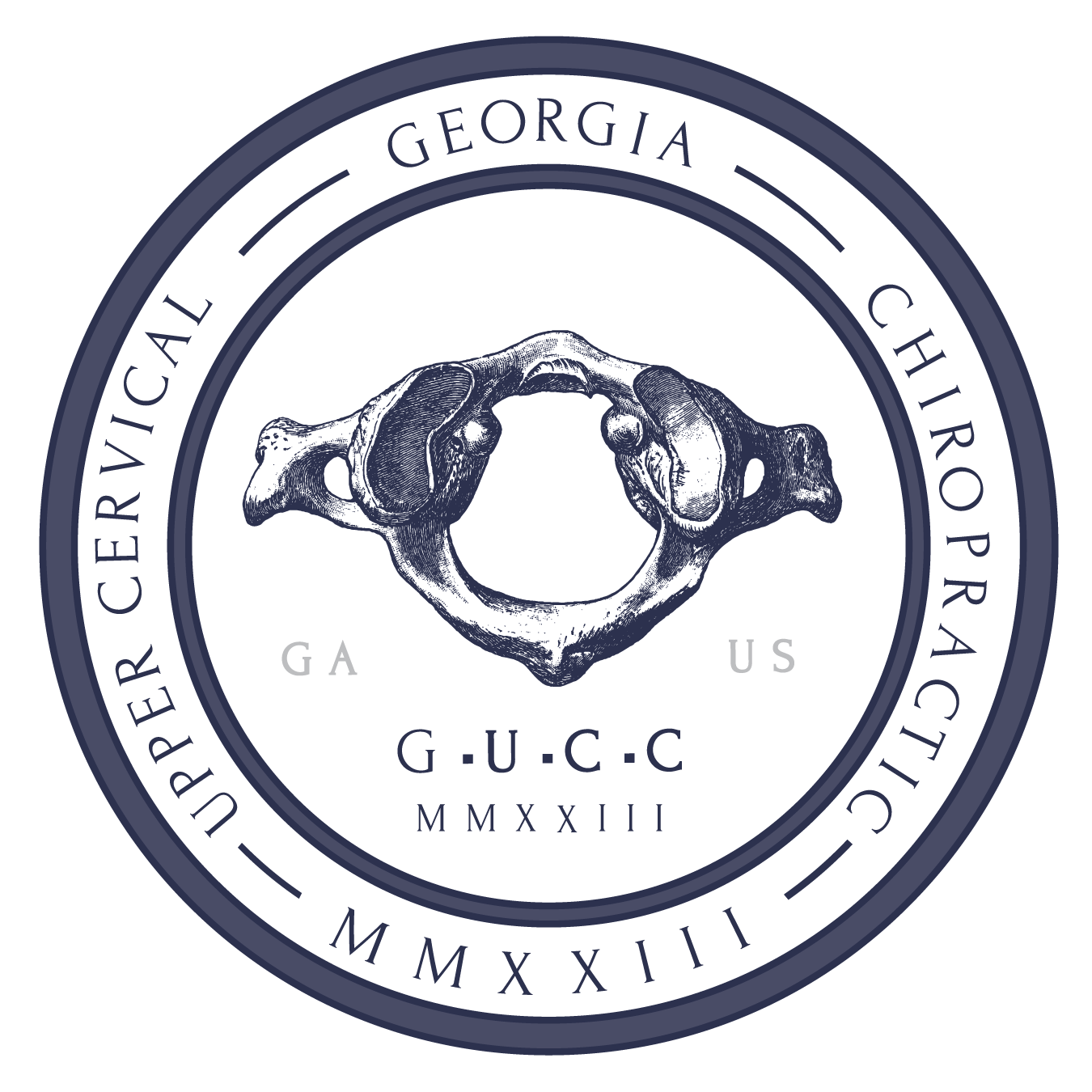Can You Permanently Cure Vertigo?
Vertigo is a symptom of an underlying condition and can cause dizziness, lightheadedness, and a spinning sensation. In many cases, it resolves on its own. For patients with repeated bouts of vertigo, additional treatments may be necessary to address the root cause of vertigo symptoms.
How do I get rid of vertigo permanently? There is no way to get rid of vertigo permanently, but there are ways to address the underlying causes of vertigo symptoms for longer-term relief.
If you are suffering from persistent vertigo attacks, it’s important to understand the cause of your vertigo to address your symptoms and keep recurrences at bay.
Vertigo Causes & Symptoms
Vertigo is caused by either a condition of the brain or central nervous system (central vertigo) or inner ear problems (peripheral vertigo). Peripheral vertigo accounts for most vertigo cases, and in most vertigo sufferers, the underlying condition is not a serious one.
Inner ear conditions that cause this type of vertigo include:
- Benign paroxysmal positional vertigo (BPPV)
- Labyrinthitis
- Vestibular neuritis
- Meniere’s disease
- Inner ear infections
Vertigo symptoms may also be caused by more serious conditions like tumors, multiple sclerosis, or other neurological conditions.
You may need a referral to a neurologist for further evaluation, including CT scans and detailed health histories if additional symptoms suggest a more serious underlying cause.
What triggers vertigo attacks? Inner ear trauma, head injury, unexpected head movements, and changing positions too quickly are all possibletriggers for vertigo attacks.
Environmental factors may also be at play. Migraines, stress, and even prescription medications may all trigger your vertigo.
What are the symptoms of vertigo? The symptoms of vertigo include a sudden spinning sensation and a feeling of being off-balance without movement. Some vertigo sufferers compare episodes of vertigo to severe motion sickness.
Additional symptoms during a vertigo attack include:
- Headache
- Nausea and vomiting
- Involuntary eye movements (nystagmus)
- Ringing in both ears (tinnitus)
- Hearing loss
- Excessive sweating
- Difficulties with vision/focusing
Physical Therapies
The treatment of vertigo depends on the underlying cause of your symptoms. Physical therapy and vestibular rehabilitation led by a physical therapist or other healthcare specialist can improve symptoms caused by some inner ear conditions.
How do I get over vertigo quickly? Effective ways to get over vertigo quickly include repositioning maneuvers and physical therapy exercises that bring your vestibular system back into balance.
In the case of conditions like BPPV, a common cause of vertigo is the migration and build-up of calcium carbonate crystals in the ear. These crystals help your body detect motion.
When they are out of position, this can cause miscommunication between those crystals and your brain, leading to the dizziness associated with vertigo.
Specialists can guide you through controlled head movements and canalith repositioning techniques to help target that imbalance. These controlled head movements return the crystals to where they belong.
Note: vertigo sufferers should not attempt any repositioning procedure on their own for the first time. There may be variations of popular maneuvers more suitable for home treatment, but you should consult a therapist before attempting these kinds of home remedies.
Epley Maneuver
The Epley maneuver is one of the most common vertigo exercises vestibular specialists use to relieve dizziness symptoms quickly. Your therapist will lead you through a series of movements to move canalith debris out of the semicircular canal, a common cause of BPPV.
How to do it:
- Sit on a flat surface with your legs hanging over one side.
- Turn your head 45° toward the side affected by vertigo.
- Quickly lie down, head reclined, and maintain that position for 30 seconds.
- Turn your head 90° to the other side, and maintain that position for 30 seconds.
- Move your entire body to that same side.
- Hold that position until vertigo symptoms subside.
- Return to your original position slowly.
This maneuver will likely cause dizziness symptoms, so it’s recommended that a specialist leads you through each movement.
Your healthcare provider may demonstrate a modified Epley maneuver for home use in the case of future vertigo attacks. Still, it’s always best to do exercises like this with someone around in case of severe dizziness.
Brandt-Daroff Exercise
The Brandt-Daroff exercise is one of the easier vertigo exercises. That makes it a popular home remedy for vertigo sufferers.
How to do it:
- Sit upright on a flat surface. A couch, bed, or chair work well.
- Turn your head 45° to one side, then slowly lie down on that side.
- Maintain that position for 30 seconds.
- Sit up slowly and turn your head back to center.
- Repeat the movement on the other side.
This exercise is simple, but it can cause dizziness in frequent vertigo sufferers. If you feel any dizziness or lightheadedness during the exercise, pause the movements until dizziness subsides.
Semont Maneuver
The Semont maneuver offers similar efficacy to the Epley maneuver as a treatment for common vertigo causes, including BPPV. It works best when you know which side is affected by vertigo. This is the side you’ll target in this maneuver.
How to do it:
- Sit upright on the edge of a flat surface, legs hanging over the side.
- Lie down quickly, head turned 45° away from the side affected by vertigo.
- Sit up and turn to the opposite side, with your head in the same position. At this time, you should be looking at the floor.
- Return to your seated position.
You will likely feel dizziness from this maneuver when on your side. Your therapist should keep you in that position until any dizziness passes before returning you to your upright position.
Yoga & Other Bodywork
Yoga is an excellent way to improve overall flexibility, and the controlled movements of regular yoga practice may improve overall balance.
Certain yoga positions may, however, induce vertigo. Speak to your primary care physician or physical therapist if you find that yoga is causing you dizziness. It may be possible that some moves are having a similar effect as maneuvers used in vestibular rehabilitation.
Some vertigo attacks are caused by misalignment in the vertebra of the upper cervical spine. If this is the case for your vertigo, a chiropractor can help. Chiropractic care involves slow, controlled movements that improve misalignment in the spine.
On top of relieving vertigo, a chiropractor can also improve chronic pain associated with head and neck trauma.
Supplements
Antihistamines, anti-inflammatories, migraine medications, and anti-nausea drugs are all commonly prescribed for treating vertigo and associated symptoms. Some doctors prescribe preventative medicines for those with vestibular migraines.
Note: vertigo medications do not treat the underlying cause of your vertigo. They only treat your symptoms.
How can I cure vertigo without medication? There is no permanent cure for vertigo, with or without medication. To treat vertigo successfully without medication, physical therapy techniques, chiropractic care, lifestyle changes, and even supplements are all positive steps toward reducing vertigo attacks. A combination of treatments can also reduce the severity of your symptoms.
There is some evidence that supplements may prevent future vertigo attacks caused by conditions like BPPV. Calcium, vitamin D, and ginkgo biloba have been identified as supportive in improving vertigo symptoms.
If you are currently on any medications, talk to your doctor about adding supplements to your diet to ensure they don’t negatively interact with your existing regimen.
Lifestyle Recommendations
While diet or lifestyle changes may not cure vertigo forever or eliminate symptoms permanently, there are ways to avoid some common vertigo triggers. Here are a few common lifestyle recommendations to improve vertigo outcomes:
- Be gentle with your movements. Sudden movements are a common vertigo trigger, especially for patients with a history of dizziness and balance problems. Be more cautious when bending down, getting out of bed, and reaching for things around the house.
- Monitor dietary triggers. Your physician may recommend limiting alcohol, caffeine, sodium, and other potential food triggers that may worsen vertigo symptoms. There is some evidence that a diet high in fiber may reduce symptoms in patients with BPPV.
- Watch your water intake. Make sure you drink enough water to improve overall wellness and reduce dizziness symptoms. There is some evidence that water monitoring over the use of conventional diuretics improved symptoms in Meniere’s disease patients.
- Choose low-impact workouts. If you’re suffering from frequent vertigo attacks, avoid strenuous exercise that causes rapid head and body movements. Tai chi is often recommended as a low-impact way to move your body with purpose.
- Focus on sleep quality. Changes in sleep patterns and sleep duration may be linked to vertigo attacks. Some specialists recommend sleeping with your head elevated or on your back to prevent build-up in either your right or left side inner ears.
- Reduce stress. Stress is a known trigger for vertigo, other vestibular conditions, and chronic pain. Reduce stress as best you can with yoga, prayer, meditation, and limiting stress triggers in your life.
- Monitor medications. Some medications may cause side effects that trigger vertigo attacks. When working with a specialist, disclose the use of any sleep aids, antibiotics, and anti-inflammatories as you evaluate potential vertigo triggers.
When to Seek Clinical Help
Your vertigo treatment may need to be a collaborative effort that includes your primary care physician, a physical therapist, and a chiropractor. Chiropractic care is particularly beneficial after neck injuries or head trauma that cause misalignment in the upper neck.
Ready to get to the root of your problem with chiropractic care? We’re currently accepting new patients at our Ball Ground and Atlanta/Decatur offices.
Sources
- Liu, Y., Wang, W., Zhang, A. B., Bai, X., & Zhang, S. (2016). Epley and Semont maneuvers for posterior canal benign paroxysmal positional vertigo: A network meta-analysis. The Laryngoscope, 126(4), 951-955. Abstract: https://pubmed.ncbi.nlm.nih.gov/26403977/
- Jeong, S. H., Kim, J. S., Kim, H. J., Choi, J. Y., Koo, J. W., Choi, K. D., Park, J. Y., Lee, S. H., Choi, S. Y., Oh, S. Y., Yang, T. H., Park, J. H., Jung, I., Ahn, S., & Kim, S. (2020). Prevention of benign paroxysmal positional vertigo with vitamin D supplementation: A randomized trial. Neurology, 95(9), e1117-e1125. Abstract: https://pubmed.ncbi.nlm.nih.gov/32759193/
- Sokolova, L., Hoerr, R., & Mishchenko, T. (2014). Treatment of Vertigo: A Randomized, Double-Blind Trial Comparing Efficacy and Safety of Ginkgo biloba Extract EGb 761 and Betahistine. International journal of otolaryngology, 2014, 682439. Abstract: https://pubmed.ncbi.nlm.nih.gov/25057270/
- Naganuma, H., Kawahara, K., Tokumasu, K., & Okamoto, M. (2006). Water may cure patients with Meniere disease. The Laryngoscope, 116(8), 1455-1460. Abstract: https://pubmed.ncbi.nlm.nih.gov/16885753/
- Albathi, M., & Agrawal, Y. (2017). Vestibular vertigo is associated with abnormal sleep duration. Journal of vestibular research : equilibrium & orientation, 27(2-3), 127-135. Abstract: https://pubmed.ncbi.nlm.nih.gov/29064831/
- Saman, Y., Arshad, Q., Dutia, M., & Rea, P. (2020). Stress and the vestibular system. International review of neurobiology, 152, 221-236. Abstract: https://pubmed.ncbi.nlm.nih.gov/32450997/
- Schultz, A. R., Neves-Souza, R. D., Costa, V., Meneses-Barriviera, C. L., Franco, P. P., & Marchiori, L. L. (2015). Is There a Possible Association between Dietary Habits and Benign Paroxysmal Positional Vertigo in the Elderly? The Importance of Diet and Counseling. International archives of otorhinolaryngology, 19(4), 293-297. Full text: https://www.ncbi.nlm.nih.gov/pmc/articles/PMC4593901/


